Born in 315 in Jerusalem, or in the surrounding areas, Cyril received a fine literary formation that became the basis of his ecclesiastical knowledge through the study of the Bible. He was ordained a priest by Bishop Maximus. When Maximus died and was buried, in 348, Cyril was ordained a bishop by Acacius, the influential metropolitan of Caesarea in Palestine, a follower of Arius who was convinced he had an ally in Cyril. Hence, Cyril was suspected to have received the episcopal nomination through concessions given to Arianism.
Cathequesis of Benedict XVI on Saint Cyril
Dear Brothers and Sisters,
Our attention today will be focused on St. Cyril of Jerusalem. His life represents the coming together of two dimensions: on one side, pastoral care and, on the other, involvement in the controversies that weighed upon the Church of the East at that time.
Born in 315 in Jerusalem, or in the surrounding areas, Cyril received a fine literary formation that became the basis of his ecclesiastical knowledge through the study of the Bible.
He was ordained a priest by Bishop Maximus. When Maximus died and was buried, in 348, Cyril was ordained a bishop by Acacius, the influential metropolitan of Caesarea in Palestine, a follower of Arius who was convinced he had an ally in Cyril. Hence, Cyril was suspected to have received the episcopal nomination through concessions given to Arianism.
Cyril soon found himself at odds with Acacius for doctrinal as well as juridical reasons, because Cyril reinstated the autonomy of his own see, separating it from that of the metropolitan of Caesarea. During 20 years or so, Cyril suffered three exiles: the first in 357, by decree of a synod of Jerusalem; a second in 360 by Acacius; and a third in 367 — the longest, lasting 11 years — by Emperor Valens, a follower of Arianism. Not until 378, after the death of the emperor, was Cyril able to resume possession of his see, bringing back unity and peace to the faithful.
Despite certain writings from his day that call into question his orthodoxy, others of the same epoch defend it. Among the most authoritative is the synodal letter of 382, after the ecumenical council of Constantinople in 381, in which Cyril had a significant role. In that letter, sent to the Roman Pontiff, the Eastern bishops officially recognize the absolute authority of Cyril, the legitimacy of his episcopal ordination and the merits of his pastoral service, which death brought to an end in 387.
We have 24 of his celebrated catecheses, which he wrote as a bishop around the year 350. Introduced by a “Procatechesis” of welcome, the first 18 are addressed to catechumens or illuminandi (in Greek “photizomenoi”) and were kept in the Basilica of the Holy Sepulcher.
The first five deal with the dispositions required to receive baptism, conversion from pagan customs, the sacrament of baptism and the ten dogmatic truths contained in the creed or symbol of faith.
The following catecheses, Nos. 6-18, make up a “continual catechesis” of the Symbol of Jerusalem, which is anti-Arian. Of the last five, Nos. 19-23, the so-called mystagogical ones, the first two develop a commentary on the rites of baptism, the last three deal with confirmation, the Body and Blood of Christ and the Eucharistic liturgy. There is also an explanation of the Our Father (“Oratio Dominica”), which establishes a path of initiation to prayer that develops parallel to the initiation with the three sacraments of baptism, confirmation and the Eucharist.
The foundation of instruction in the Christian faith developed, although amid controversy against the pagans, Judeo-Christians and followers of Manichaeism. The development of the instruction was based on the fulfillment of the promises of the Old Testament, with a language rich with images. Catechesis was an important moment, inserted into the broad context of the entire life, and especially the liturgical life, of the Christian community. Within this maternal womb, the gestation of the future Christian took place, accompanied by the prayer and witness of the brethren.
Taken together, Cyril’s homilies make up a systematic catechesis on the rebirth of the Christian through baptism. To the catechumen, Cyril says: “You have fallen into the nets of the Church (cfr. Matthew 13:47). Let yourself be taken alive: Do not run away, because it is Jesus who takes you to his love, not to give you death but the resurrection after death. You must die and rise again (cfr. Romans 6:11-14). … Die to sin, and live for justice, starting today” (Pro-Catechesis, No. 5).
From a “doctrinal” point of view, Cyril comments on the symbol of Jerusalem with recourse to the use of typology in the Scriptures, in a “symphonic” relationship between the two Testaments, pointing to Christ, the center of the universe. Typology will later be wisely described by Augustine of Hippo with these words: “The New Testament lies hidden in the Old and the Old Testament is revealed in the New” (“De Catechizandis Rudibus,” 4:8).
His catechesis on morality is anchored in profound unity to the doctrinal one: Dogma slowly descends into souls, which are asked to change their pagan ways to adopt new life in Christ, the gift of baptism. The “mystagogical” catechesis, was the height of instruction that Cyril imparted, no longer to catechumens, but to the newly baptized and neophytes during Easter week. He led them to discover the mysteries still hidden in the baptismal rites of the Easter vigil. Enlightened by the light of a faith, deepened in the strength of baptism, the neophytes were finally able to better understand the mysteries, having just celebrated the rites.
In particular, with the neophytes of Greek origin, Cyril focused on visual aspects, most suited to them. It was the passage from rite to mystery, which availed of the psychological effect of surprise and the experience lived in the Easter vigil. Here is a text explaining the mystery of baptism: “You were immersed in water three times and from each of the three you re-emerged, to symbolize the three days that Christ was in the tomb, imitating, that is, with this rite, our savior, who spent three days and three nights in the womb of the earth (cfr. Matthew 12:40).
“With the first emersion from the water you celebrated the memory of the first day that Christ spent in the tomb, with the first immersion you witnessed to the first night spent in the tomb: As he who in the night is unable to see, and he who in the day enjoys the light, you too experience the same thing. While at first you were immersed in the night and unable to see anything, reemerging, you found the fullness of day. Mystery of death and of birth, this water of salvation was for you a tomb and mother. … For you … the time to die coincides with the time to be born: One is the moment that achieved both events” (“Second Mystagogical Catechesis,” No. 4).
The mystery to behold is God’s design; this is achieved through the salvific actions of Christ in the Church. The mystagogical dimension complements that of symbols, expressing the lived spiritual experience that they cause to “explode.” From St. Cyril’s catechesis, based on the three components described previously — doctrinal, moral and mystagogical — there results a global catechesis in the Spirit. The mystagogical dimension brings about the synthesis of the first two, directing them to the sacramental celebration, in which the salvation of the entire person is realized.
It is an integral catechesis, which — involving the body, soul and spirit — remains emblematic of the catechetical formation of today’s Christians.

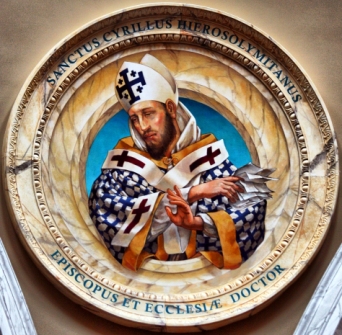

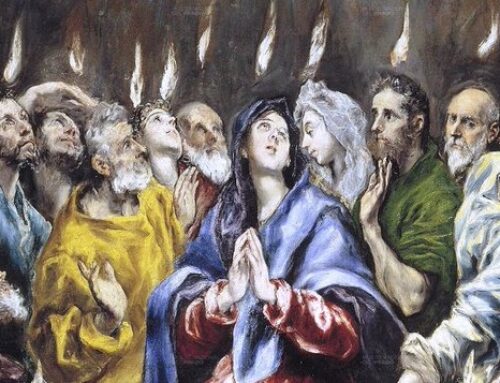
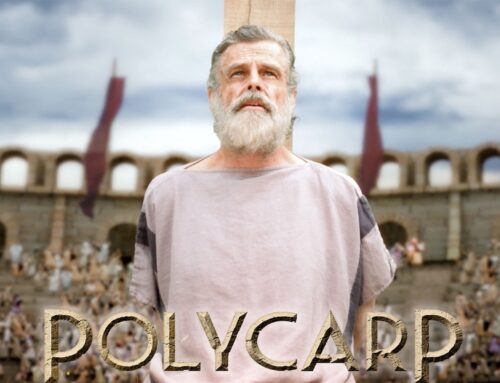
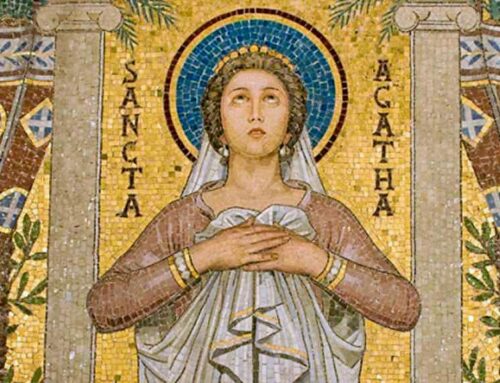
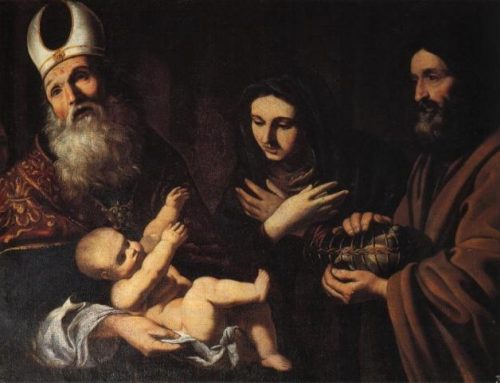
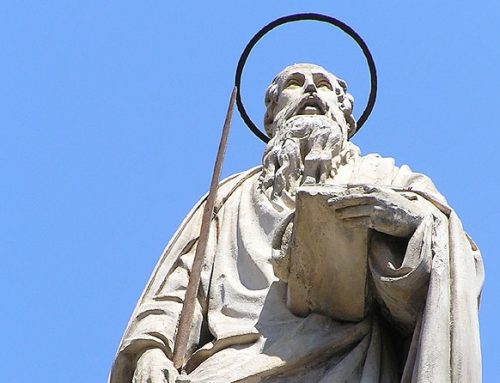
Leave A Comment
You must be logged in to post a comment.